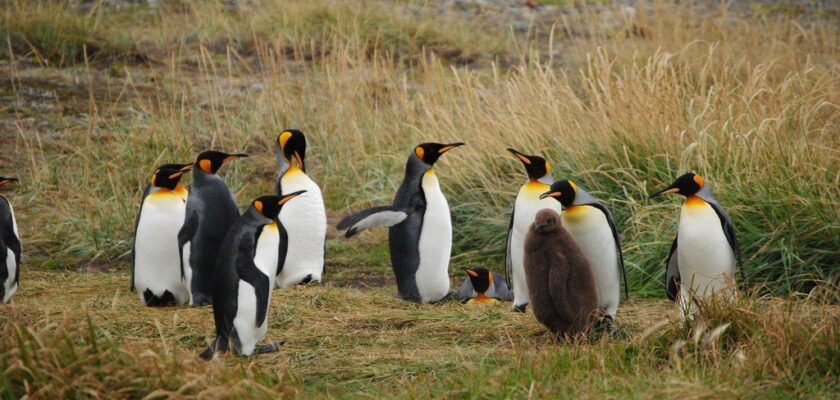Isla Grande de Tierra del Fuego
This attraction is related to the countries:ChileArgentinaTierra del Fuego – South America’s largest island seems both delightful and very unfriendly at the same time. Until the last ice age, it was connected to the mainland. And today, the waters of the Atlantic and Pacific oceans mix here. The expanses of north and east transition in the southeast into a bizarre, uninhabited, inhospitable landscape. Only the tops of mountain ranges, sunken after the Ice Age, rise out of the sea along the shores of the Strait of Magellan. The westernmost of the islands is called Desolation, which means: “hopelessness.”
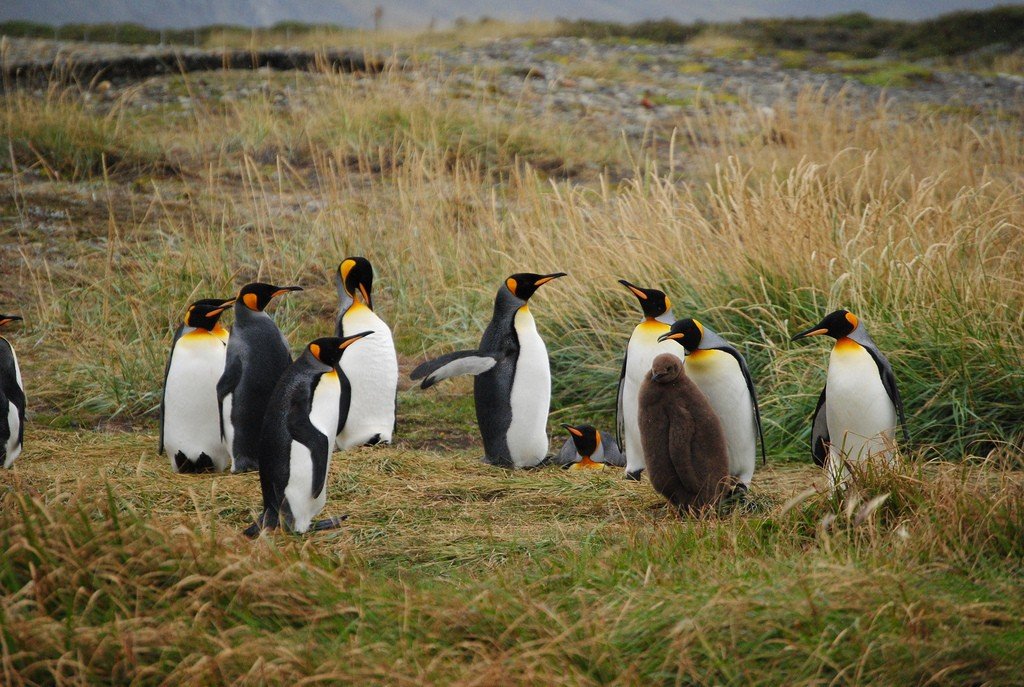
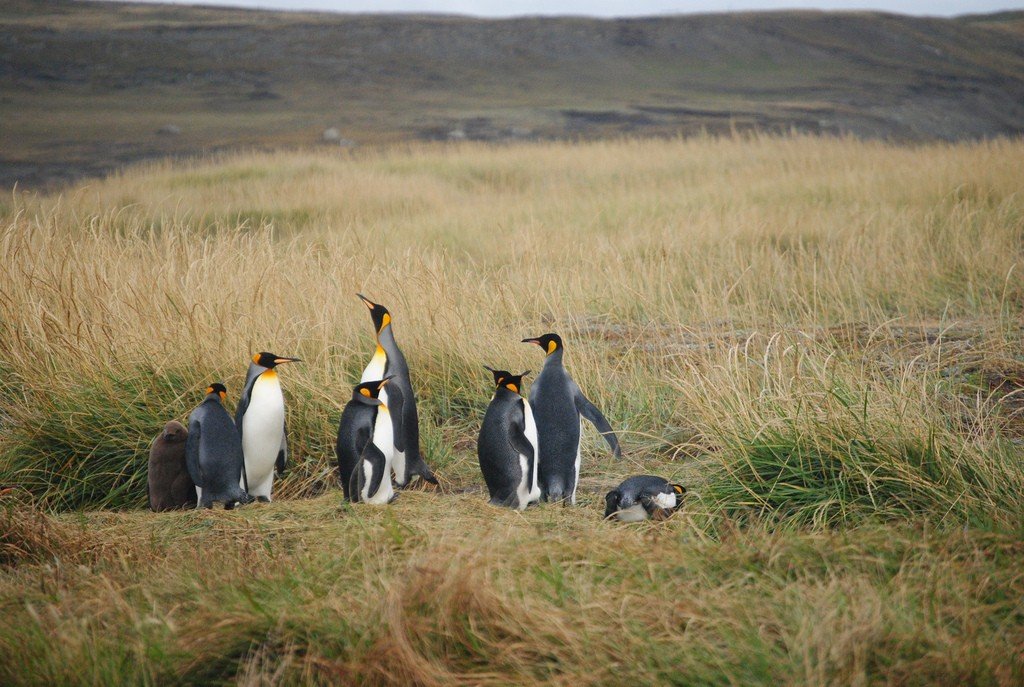
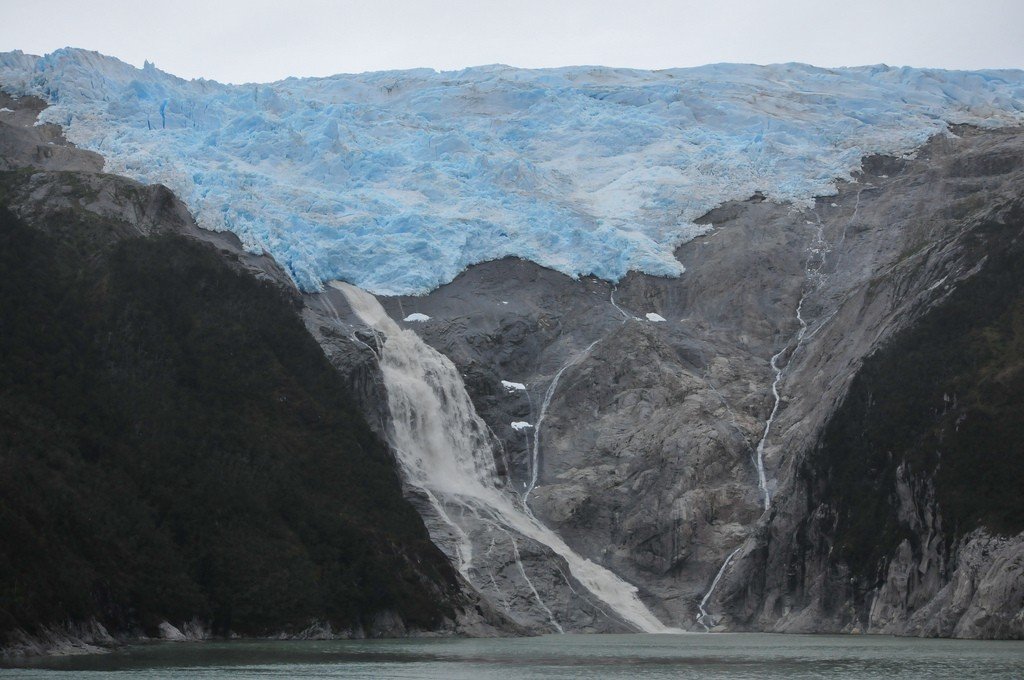
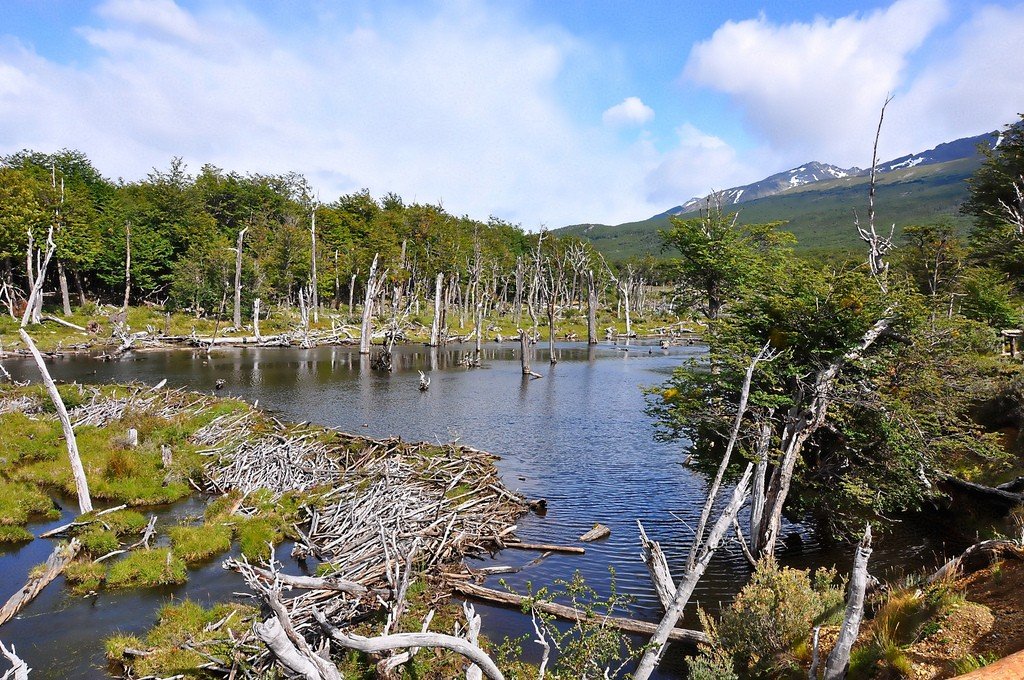
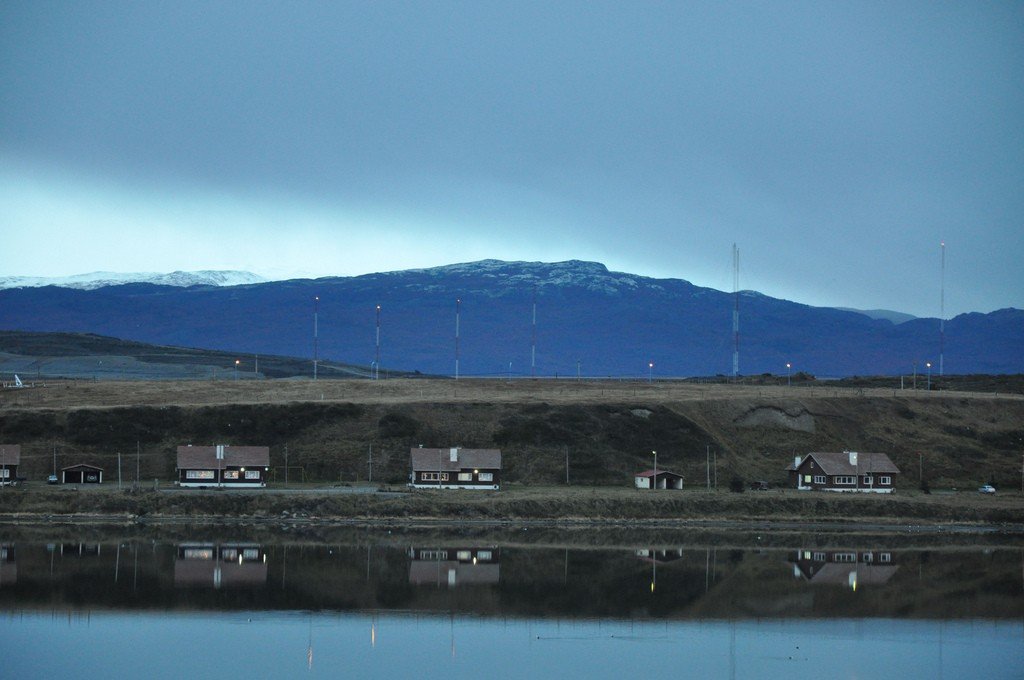
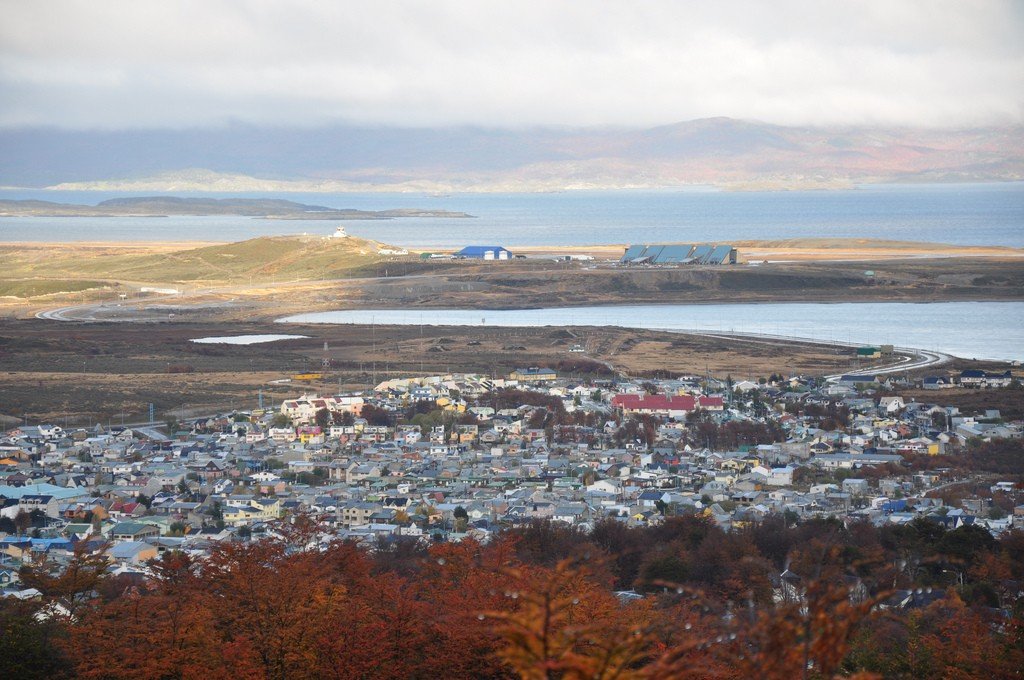
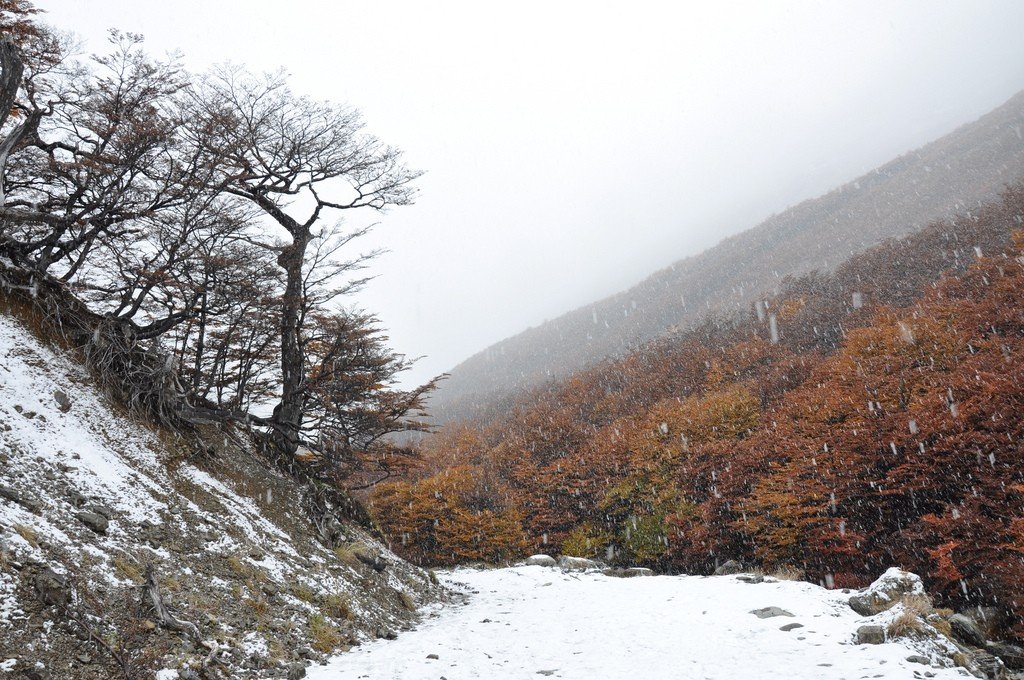
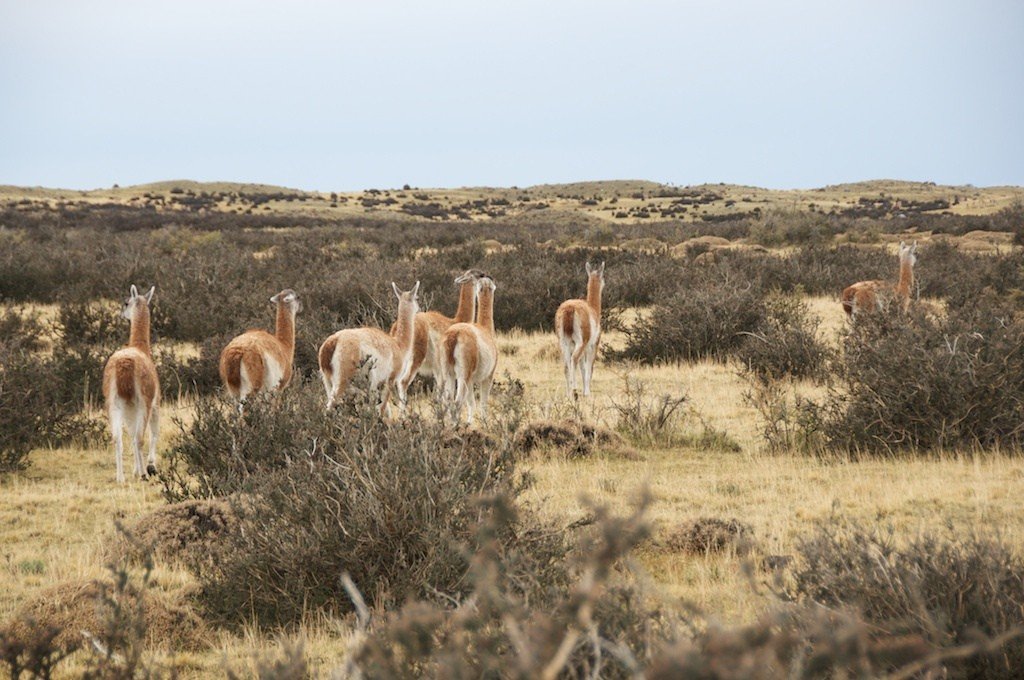
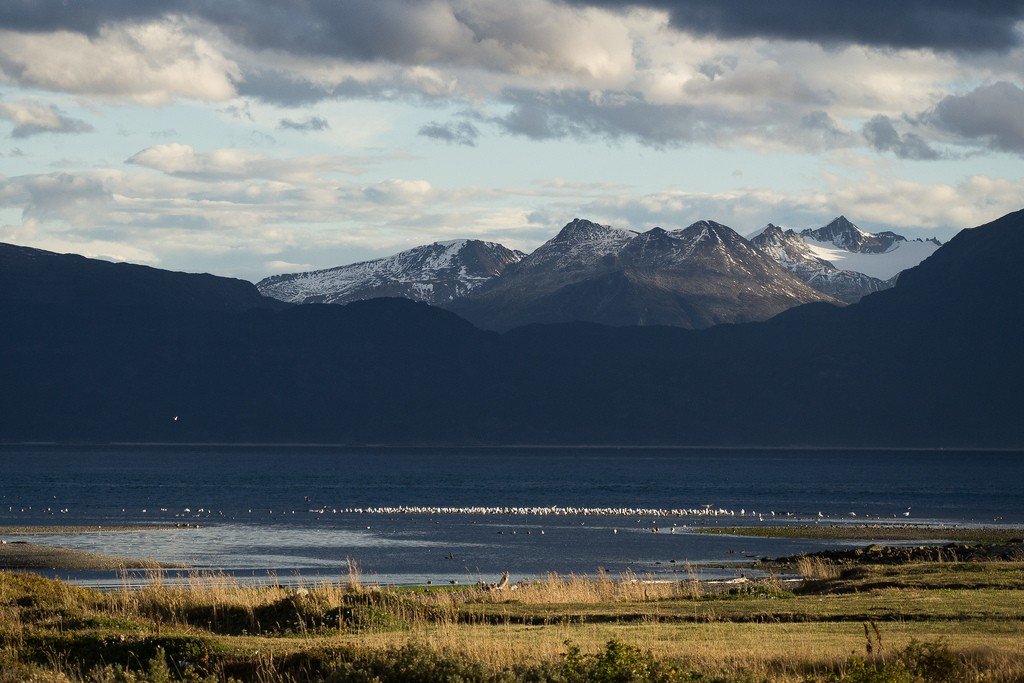
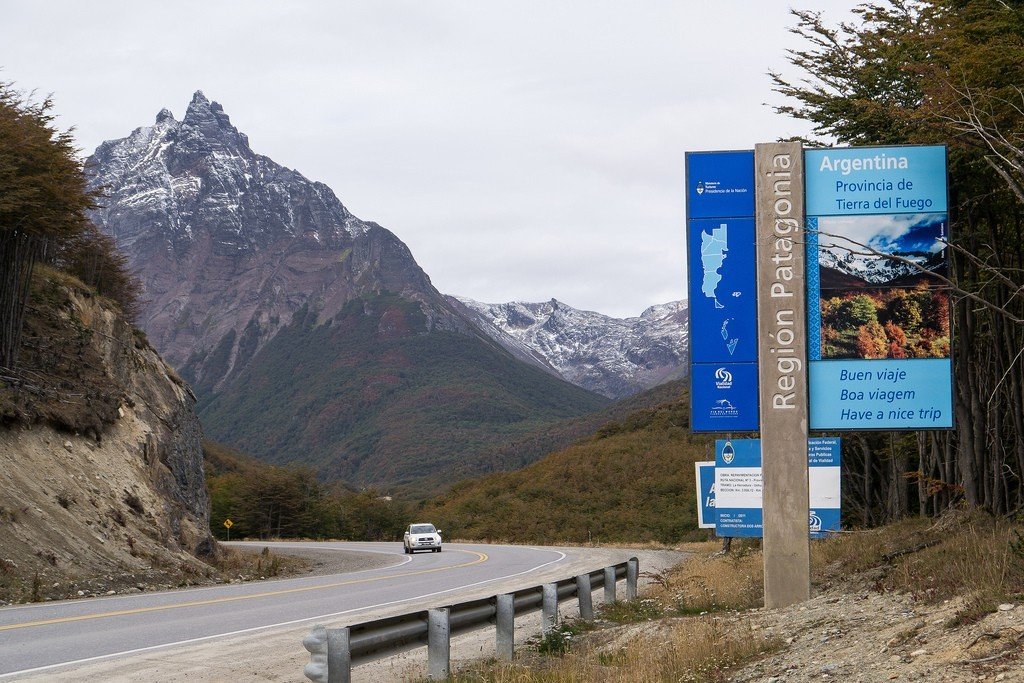
General Information
When Magellan reported to Charles V about columns of smoke on a large island, the king decided to give the latter the name Tierra del Fuego. It was smoke from the fires of the she (Indians called themselves “selk-nam” – people) who had already lived here for more than 10,000 years hunting guanaco. Soon after the first expedition (1879) to Tierra del Fuego, the state gave the land to sheep farming, thus displacing the Indians. However, they quickly reorganized, because a sheep is easier to catch than a fast guanaco. Later, gold was discovered in the center of the island, and the Indians’ living space was further reduced. So they gradually disappeared from the face of the earth.
.Tierra del Fuego Indians
“The sight of the Tierra del Fuego Indians sitting on a wild abandoned shore made a lasting impression on me. An image appeared before my eyes – this is how our ancestors sat long ago. These people were completely naked, their bodies were painted, their tangled hair hung down below their shoulders, their mouths were open in amazement, and there was a threat lurking in their eyes…. I could have come from that brave monkey… or that old baboon. or a savage who takes pleasure in torturing his enemies and sacrificing animal blood. He kills babies without the slightest remorse, treats women as if they were slaves, he knows nothing of decency, and is entirely dependent on ridiculous superstitions,” was how Charles Darwin described the natives of Tierra del Fuego, who reached the area in 1832 on the Beagle. The scientist was struck by the primitive way of life of the savages and at first saw little humanity in them.
.
At the same time, English explorer William Parker Snow, who visited Tierra del Fuego in 1855, described the local aborigines quite differently: “…many of the Tierra del Fuego people living on the eastern islands have a pleasant and even attractive appearance. I understand that this is contrary to what Mr. Darwin described in his writings, but I speak only of what I have seen…”. The scientist indicated in his writings that the Indians knew the institution of family: “I have witnessed a deep love and tenderness toward their children and toward each other.”
.The way of life of the Indian tribes that once inhabited the territory of Tierra del Fuego, of course, could seem primitive and barbaric to any European of that time, nevertheless they had their own culture, language and religion, which, unfortunately, remained little studied, because soon after the discovery of the archipelago, all of its indigenous inhabitants died. Resistant and hardy to the harsh climate of their homeland, they were helpless against the diseases that Europeans brought with them: measles and smallpox killed thousands of natives. And what the disease did not do, was completed by the cruel treatment of them by the “new masters” of the land. To date, there are no pure-blooded Tierra del Fuego natives left: the last She Indian died in 1974, and the last Jagan died in 1999.
.
The Tierra del Fuego Indians have been given the name Fuegins in science. They are subdivided into several tribes: among them there were Indians of canoes (indigenas canoeros) – Yagans (Yamans) and Alakaluf (Kaveskar), who subsisted exclusively on fishing and gathering, Indians on foot (indios a pie) – Ona Indians (Selk-nam), who hunted.
.